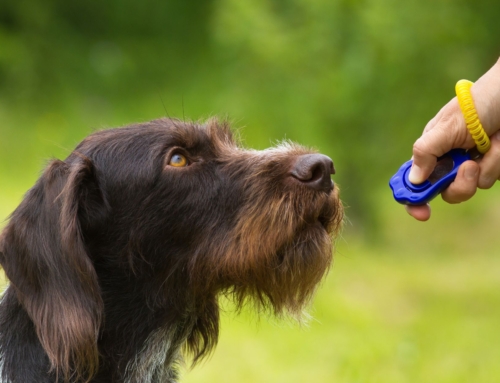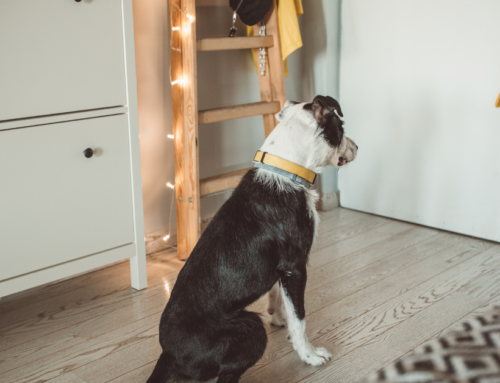Apartment living is a great way of life for many people and these folks account for around 12% of the entire population living in these smaller spaces. While almost half of renters live alone or survive as a one-person household, that doesn’t necessarily mean they are all by themselves. Many of these dwellings have a four-legged roommate as their live-in best friend.
Dogs have been our constant companions for many centuries, and new research shows they could have accompanied humans as far back as 40,000 years ago when cavemen (and women) roamed the earth. It only stands to reason that if these ancient dogs lived in caves, they could certainly survive living in an apartment environment.

Research has unearthed new information about our canine companions. Many people may be enlightened to learn that many larger breeds of dogs are well-suited for smaller spaces. When I was quite a bit younger, I used to think that one of my apartment-dwelling neighbors with a really big dog and very small patio, was cruel to have such a large animal in a tiny environment, but I couldn’t have been more mistaken.
Not only did my new neighbor walk their gigantic mutt religiously, taking it to the park on a regular basis, they admitted that their enormous pooch was quite sedentary, which is a really nice way of saying it was extremely lazy. Come to find out, many large breeds of dogs are also big-time sleepers, nicknamed “mat dogs” for their seemingly endless naptimes nicknamed “mat dogs” for their seemingly endless naptimes.
While the average dog will sleep between twelve and fourteen hours per day, some of these larger breeds sleep even more. For apartment purposes, future pet owners often think of smaller breeds but they should also consider the:
Saint Bernard
Greay Pyrenees
Newfoundland
& Mastiff

All of these canines are notorious couch potatoes and are perfectly content to while away the hours relaxing, sleeping and just lying around our home all day while we’re at work or school. This may dispel some common myths about enormous dogs needing an inordinate amount of exercise. The truth is, while we may picture a Saint Bernard as a working dog rescuing people from avalanches and snow drifts, they’re actually much happier lying around the ski lodge.
While dog’s sleeping habits are much different than ours, spending around 50% of their time sleeping, 30% lying around and only 20% being active, sudden or abrupt changes in their down-time could be a sign of health problems and their owners should seek medical attention for their beloved pooch. Be on the lookout for extreme changes in their behavior, a dog who is usually active and enthusiastic who suddenly becomes lazy, or the opposite, these can be red flags and cause for concern.
On the other hand, working canines like police dogs or farm hounds, can survive on far less sleep than their homebound counterparts. For those living in an apartment environment, check out this infographic for tips on finding the right breed, great indoor activities to enjoy and more. You and your beloved pet can have a blast inside and out.


Amber Kingsley is a freelance writer whom has donated countless hours to supporting her local shelter within operations snd outreach. She has spent most of her research with writing about animals; food, health and training related. Plus, she has tried numerous methods of training with local Southern California trainers.











